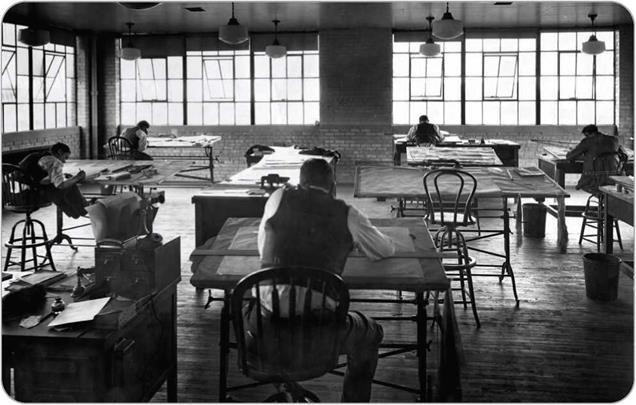The science of aerodynamics was slow to develop compared to other sciences. Long before people began to unravel the secrets of aerodynamics, they could see that birds use their wings to create and control the forces needed for flight. They were unable to see exactly how a bird’s wings work, however, because the wings moved too fast to see clearly. Until highspeed photography was developed at the end of the nineteenth century, there was no way to freeze the action of a bird’s wing so it could be studied. Without this understanding, early attempts to build flying machines failed.
One person did try to analyze the forces involved in flight more accurately. George Cayley was the first person to study airplane flight scientifically. He experimented with different wing shapes and measured how well they worked. Cayley discovered the four forces that act on an aircraft: lift, drag, thrust, and weight. Other inventors learned from Cayley and expanded upon his work. In time, they learned how to use aerodynamics to create the forces needed to lift and steer flying machines.
THE FIRST HEAVIER-THAN – AIR FLIGHT
The founder of the science of aerodynamics was the Englishman Sir George Cayley (1773-1857). He worked on a wide variety of engineering projects, but is best known for his aero-dynamic research. By 1804, Cayley was building model gliders with the same layout as a modern airplane—they had fixed wings, a body, and a small tail at the back. He also built gliders capable of carrying people. In the 1840s, Cayley built a small glider that carried a ten-year-old boy. Cayley went on to build a full-size glider. In 1853, it carried his coachman, John Appleby, across a valley on the first heavier – than-air flight by an adult. When the glider landed, the terrified Appleby said, "Please, Sir George, I wish to give notice [quit]. I was hired to drive and not to fly!"
____________________________________________ J
Modern aerodynamics really began with the Wright brothers. Several years of aerodynamic research and experiments with wings, kites, and gliders enabled them to build the first successful powered airplane in 1903.














